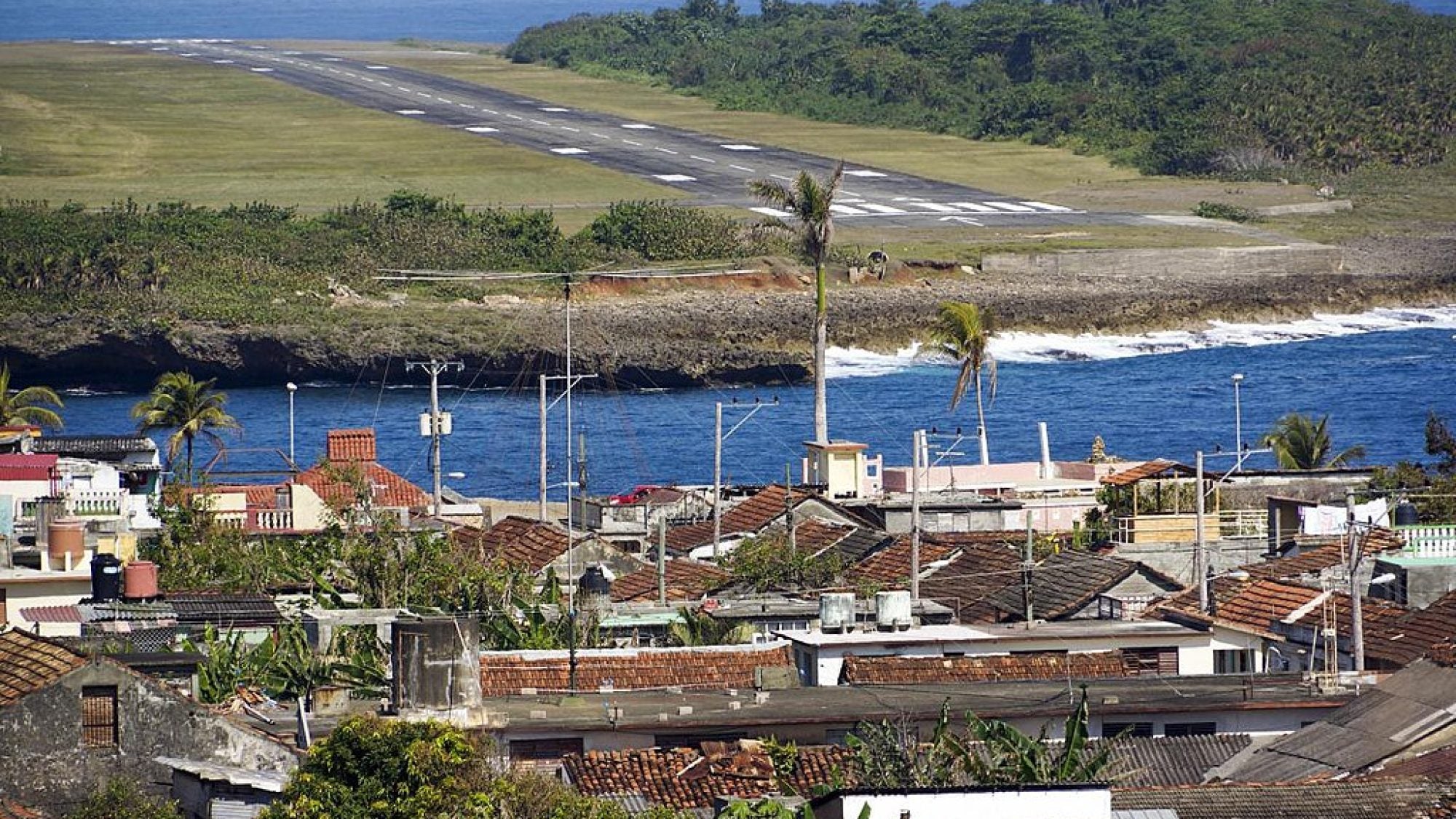
Title: What Cuba’s Reforms Tell Us About the Country’s Leadership
In October 2012, Cuba’s state-run media announced a long-awaited migratory policy that represents the first real political reform implemented by Raul’s government. The announcement follows a steady stream of economic reforms that legalized independent business, the purchase and sale of homes and vehicles, and the lease of idle land for farming, among other things. Decree Law 302, which took effect today, January 14, 2013, removes many of the obstacles that have, in effect, prohibited most Cubans from traveling abroad, living overseas and even returning to their country. Despite overwhelming international focus on Cuba’s economic reforms, the elimination of this dreaded “exit permit” is perhaps the most anticipated reform inside the island. As Cuba expert Phil Peters observed in his recent report: “even for those without a plan to travel or the necessary funds, a daunting barrier between them and their relatives overseas was being lifted.”
While much attention has been paid to the scope of these and similar reforms, what they reveal about the country’s leadership has been largely ignored. The Cuban government implemented the migratory reform not because of its economic benefits, but rather in response to overwhelming public demand. To that end, in a speech to Cuba’s National Assembly on Thursday, December 11, 2012, Cuban President Raul Castro boasted that his government’s “updating of the Cuban economic model…marches with a sure step and is beginning to delve into questions of greater reach, complexity and depth.”
I. Cuban Leadership Seeks Legitimacy by Responding to Popular Demands
Cuba’s reforms indicate that the current Cuban leadership understands it must deliver results to gain legitimacy. Fidel legitimated his rule by virtue of being father of the revolution. Unlike his brother, Raul cannot simply blame Cuban workers for the country’s poor economic performance and impel the Cuban people to make endless sacrifices in the name of the revolution. Instead, he seeks to legitimize his government by addressing some of the long-held grievances that Cubans dared not vocalize during his brother’s rule.
In 2011, the VI Party Congress approved the Guidelines of the Economic and Social Policy of the Party and the Revolution, ushering in a series of reforms. According to the Cuban government, the Guidelines are “an expression of the will of the people” influenced by more than 781,000 public suggestions received from average citizens in 163,000 meetings held throughout the country between December 2010 and February 2011. The final version of the Guidelines even contains a side-by-side comparison of original reform proposals and the final outcomes, accompanied by an explanation of any modifications. Cuban leaders have gone to great lengths to legitimize the reforms with an unprecedented solicitation of public input.
These efforts to respond to public demands harken back to a December 2007 speech by Raul, delivered following Fidel’s illness, in which he set a starkly different tone than his brother: “those occupying a leadership post must know how to listen and how to create an opportune environment for the rest to express themselves with absolute freedom.”
II. Cuban Leadership is Not Monolithic
While the Cuban government has boasted about public debate surrounding the reform process, little has been said about the ongoing debate among the country’s leaders. It would be a mistake to assume that Cuba’s leadership is monolithic by virtue of its authoritarianism. At closer look, the reform process reveals differences of opinion within the leadership with Raul setting high expectations for reforms and some within his regime responding with attempts to delay and water down changes.
Pervasive throughout the reform process is a tension between those in the government who understand the urgent need for reform and those fighting to preserve the status quo. For instance, in the first Guideline, the introduction of market reforms is promptly followed by a commitment to continued central planning. Likewise, while the Guidelines highlight the importance of private enterprise growth, they concurrently establish fiscal policies aimed at preventing both the individual accumulation of wealth and social inequity. These inherent contradictions may reveal divergence within the regime.
III. Cuban Leadership Continues to Prioritize Political Control
While the substance of Cuba’s reforms is encouraging, the reform process has been accompanied by both excessive regulations and increased harassment of peaceful democracy advocates. As such, Cuban leaders are clearly signaling that they intend to minimize the risk and uncertainty that these reforms potentially pose to their political control.
According to the Cuban Human Rights Commission, there have been over six thousand arbitrary detentions of peaceful democracy advocates in 2012, over three times as many as in the year 2010 before the publication of the reform Guidelines.
Analysis reveals that looking beyond the mechanics of reforms is a worthwhile exercise. What these unprecedented reforms reveal about Cuban leadership may help observers interpret, and even predict future changes on the island.
Tomas Bilbao is the Executive Director of the Cuba Study Group in Washington, DC. All views expressed are his own.
Image Credit: Christopher Michel, Wikimedia Commons
This is an archived article. While every effort is made to conserve hyperlinks and information, GJIA’s archived content sources online content between 2011 – 2019 which may no longer be accessible or correct.